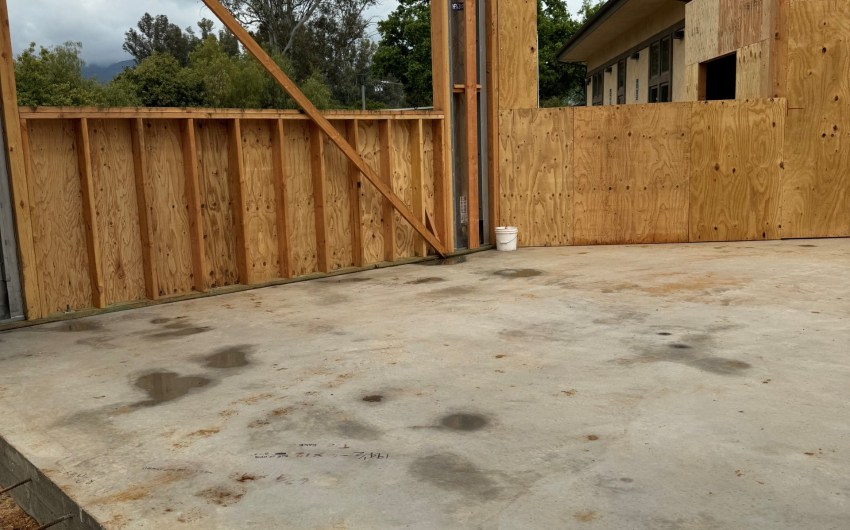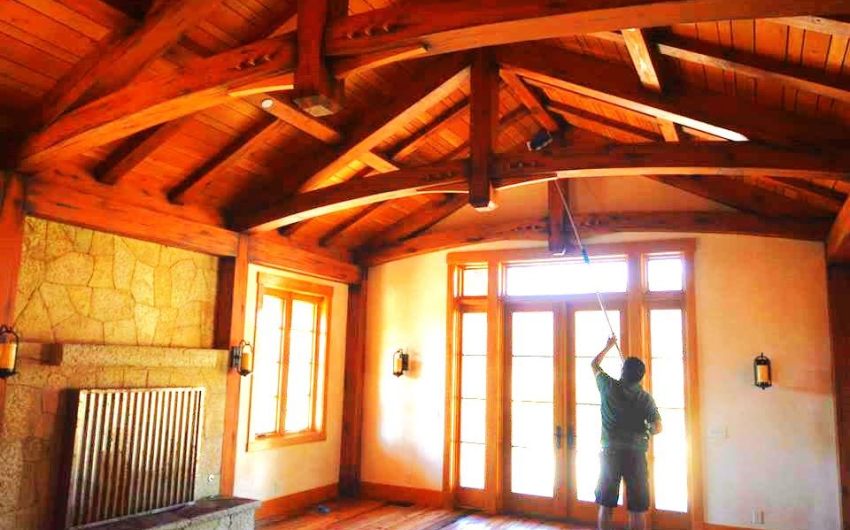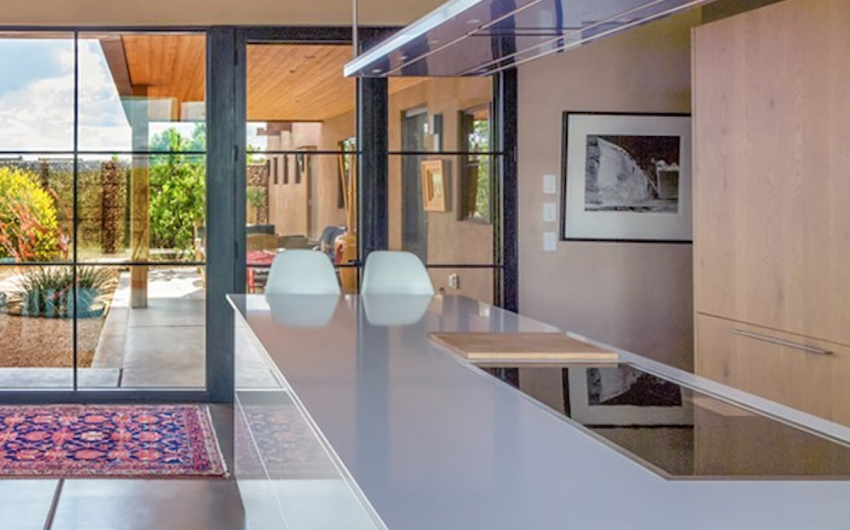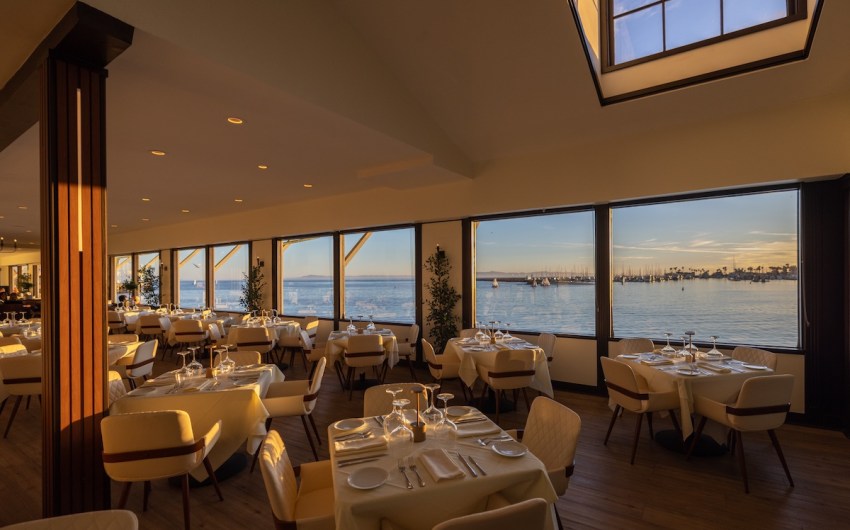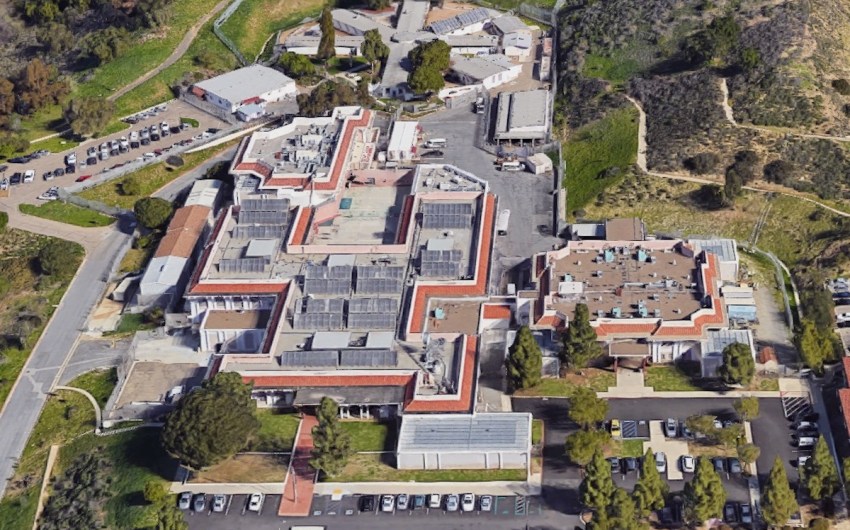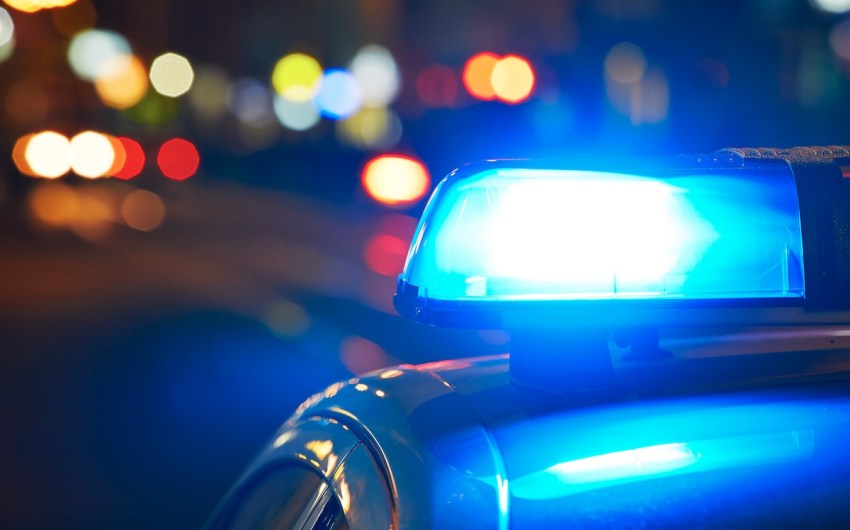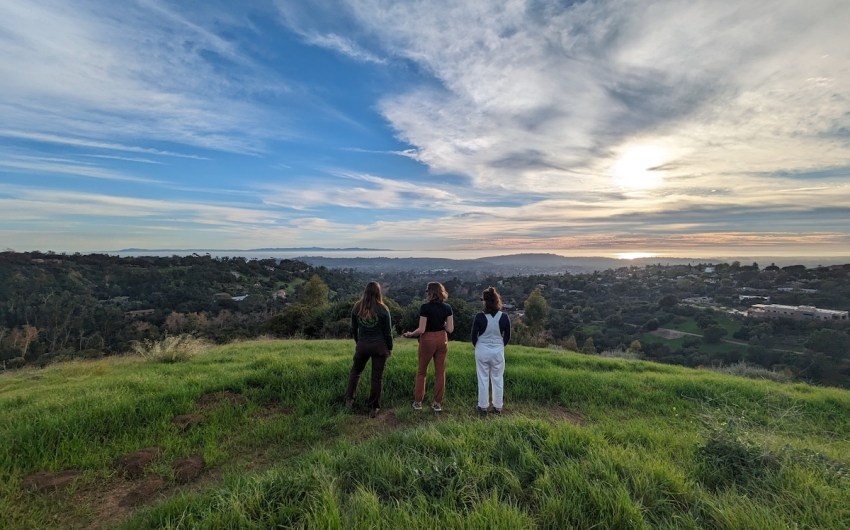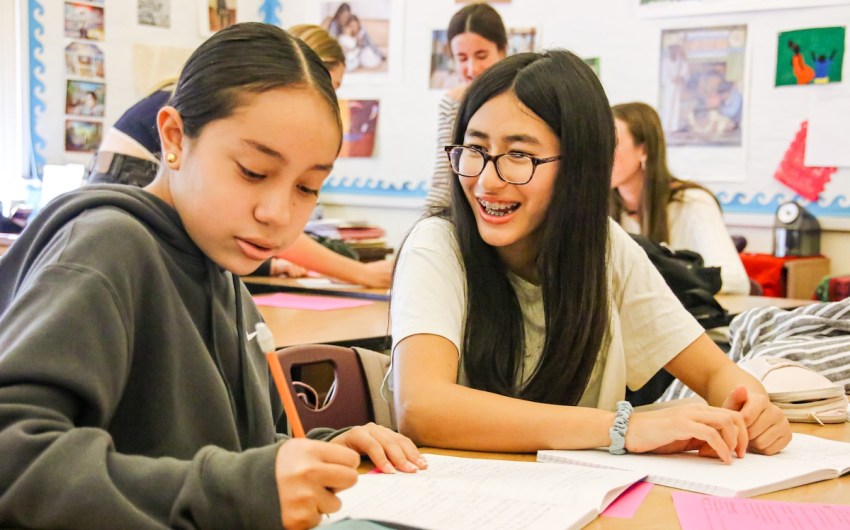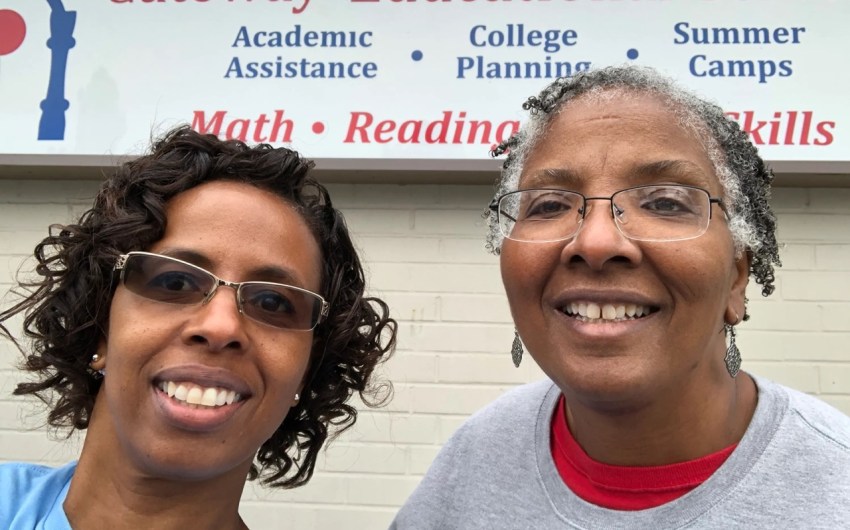Decarbonizing Our Built Environment
Exhibit Features Efficient Architecture
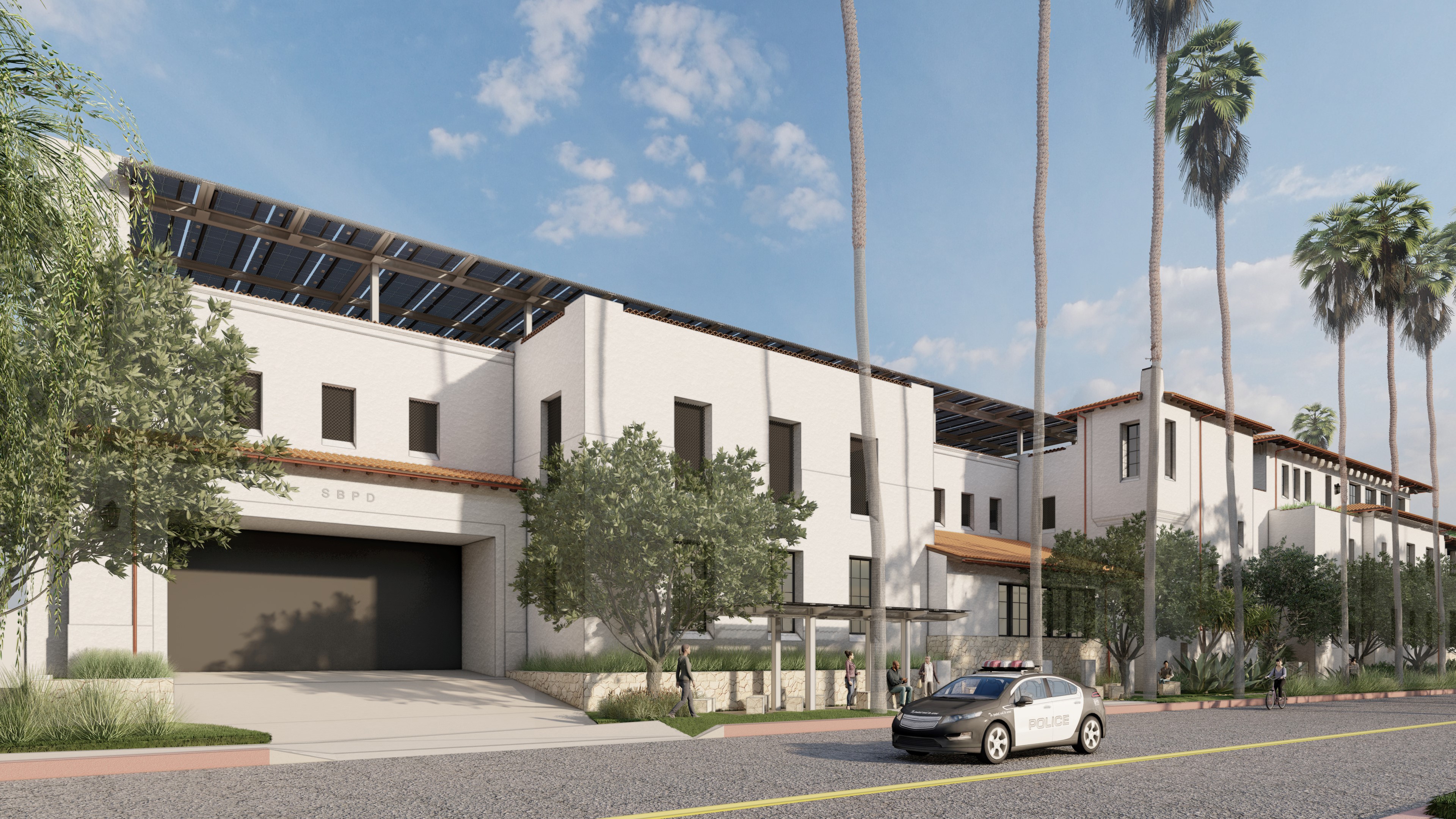
In an exhibit currently running at the Channing Peake Gallery, the AIA Santa Barbara presents projects by local architects that are all-electric, embrace sustainability, and mitigate emissions to our environment. A reception will be held at the gallery tonight, January 18, from 5:15 to 6:30 p.m.
Our built environment accounts for between 30-40 percent of greenhouse gas emissions, making it a prime target after transportation to reduce the burning of fossil fuels and switch to renewable energy.
Our Tri-County Energy Network, or 3C-REN, additionally presents nuts-and-bolts information and resources to combat any concerns or misinformation regarding buildings and electrification. As we are all being offered various financial incentives and rebates to assist with transitioning from gas to all-electric, 3C-REN is a resource for understanding the options available.
According to the Intergovernmental Panel on Climate Change (IPCC), “greenhouse gas emissions must peak by 2025 and reduce by 43 percent by 2030 to meet the goals of the Paris Agreement.” The year 2025 is a scant year away, and now is the perfect time to plan how to decarbonize your own personal infrastructure. This includes everything from heating and cooling to swapping out fossil-fuel-burning appliances to highly efficient electric.
The past five years have been a time of transition for our architectural community as we update our way of designing and tap into new and old technologies to reduce emissions. Starting in 2018, the California AIA declared a climate emergency urging its members to “electrify everything.”
In 2019, the Santa Barbara City Council voted to move forward with a 100 percent clean energy goal by 2035.
In 2020, Santa Barbara passed a reach code restricting gas from new construction, joining 53 other California counties in adopting this groundbreaking legislation.
Lastly, in 2022, the AIA made mandatory studies in climate change for continuing education for architectural licensure.
Architects, builders, and homeowners have several tools to reduce emissions from fossil fuels, and one of the most powerful is using highly efficient electric equipment and appliances. As our grid becomes increasingly more reliant on renewables, our buildings will become increasingly net zero. If solar and batteries are installed along with electrification, then net zero can occur sooner.
The building materials we select also have a large impact on emissions, as some materials are extremely energy-intensive in their manufacturing and transportation. Called “embodied carbon,” these are the emissions that occur well before construction begins.
Energy efficiency represents another critical path to lessen the amount of energy required to run and operate outbuildings. But we cannot “efficiency our way to net zero.” It is crucial for us all to combine energy efficiency with other methods and tools.
Adaptive reuse and remodeling of existing buildings is more energy-efficient than tearing down and building from scratch. Likewise, using salvaged materials or materials with recycled content can reduce the embodied carbon in a building.
Transitioning existing buildings to be all-electric is going to be key in achieving climate goals. As our fossil-fuel-dependent equipment is retired, we should be prepared and have a plan to replace it with high-efficiency electric equipment and appliances. Tri-County Energy Network has online educational webinars on the variety of equipment available and has been training architects, builders, and homeowners on best practices.
The projects presented in the exhibit include:
- A new City of Santa Barbara Police Station by Cearnal Collective
- Vera Cruz Village, a 29-unit mixed-use development by DesignARC
- Santa Barbara County Emergency Operations and Regional Fire Communications Center by RRM Design Group
- Cliff Drive Residence by DesignARC
- A Downtown Office Retrofit by Bildsten Architecture and Planning
- Spyglass Ridge Residence by DMHA Architecture + Interior Design
- ATLOFT, a 40-unit residential complex by Juan Heras & Assoc.
- A Residential Landscape by Sweet Smiling Landscapes
- A Residential Kitchen Remodel by iodesign
Sponsored by the Santa Barbara County Office of Arts and Culture, the exhibition will run until February 5, 2024, in the Channing Peake Gallery located in the County Administration Building, (105 E. Anapamu St.), Santa Barbara. Hours are Monday-Friday, 8 a.m.-5 p.m. A reception will be held tonight, January 18, 2024, from 5:15 to 6:30 p.m.
Dee Carawan, AIA Architect is Co-Chair of AIA Santa Barbara’s Committee on the Environment and can be reached at dee@carawanarchitecture.com. Architecturally Speaking is written by members of the American Institute of Architects’ Santa Barbara chapter.
Premier Events
Thu, Nov 28
12:00 PM
Santa Barbara
Thanksgiving Dinner at The Harbor Restaurant
Fri, Nov 22
11:00 AM
Santa Barbara
Santa Barbara Antique & Vintage Show & Sale
Fri, Nov 22
6:00 PM
Santa Barbara
Introduction to Crochet Workshop
Fri, Nov 22
7:30 PM
Carpinteria
Rod Stewart VS. Rolling Stones Tribute Show
Fri, Nov 22
9:00 PM
Santa Barbara
Numbskull Presents: Jakob’s Castle
Sat, Nov 23
11:00 AM
Santa Barbara
Santa Barbara Antique & Vintage Show & Sale
Sat, Nov 23
12:00 PM
Santa Barbara
Fall 2024 Healing Arts Faire
Sat, Nov 23
7:30 PM
Santa Barbara
SBCC Theatre Arts Department presents “Mrs. Bob Cratchit’s Wild Christmas Binge”
Sun, Nov 24
11:00 AM
Santa Barbara
Santa Barbara Antique & Vintage Show & Sale
Sun, Nov 24
6:00 PM
Santa Barbara
¡Viva el Arte de Santa Bárbara! Mariachi Garibaldi de Jaime Cuellar
Sun, Dec 01
5:00 PM
Santa Barbara
Paseo Nuevo Tree Lighting Ceremony
Thu, Nov 28 12:00 PM
Santa Barbara
Thanksgiving Dinner at The Harbor Restaurant
Fri, Nov 22 11:00 AM
Santa Barbara
Santa Barbara Antique & Vintage Show & Sale
Fri, Nov 22 6:00 PM
Santa Barbara
Introduction to Crochet Workshop
Fri, Nov 22 7:30 PM
Carpinteria
Rod Stewart VS. Rolling Stones Tribute Show
Fri, Nov 22 9:00 PM
Santa Barbara
Numbskull Presents: Jakob’s Castle
Sat, Nov 23 11:00 AM
Santa Barbara
Santa Barbara Antique & Vintage Show & Sale
Sat, Nov 23 12:00 PM
Santa Barbara
Fall 2024 Healing Arts Faire
Sat, Nov 23 7:30 PM
Santa Barbara
SBCC Theatre Arts Department presents “Mrs. Bob Cratchit’s Wild Christmas Binge”
Sun, Nov 24 11:00 AM
Santa Barbara
Santa Barbara Antique & Vintage Show & Sale
Sun, Nov 24 6:00 PM
Santa Barbara
¡Viva el Arte de Santa Bárbara! Mariachi Garibaldi de Jaime Cuellar
Sun, Dec 01 5:00 PM
Santa Barbara

